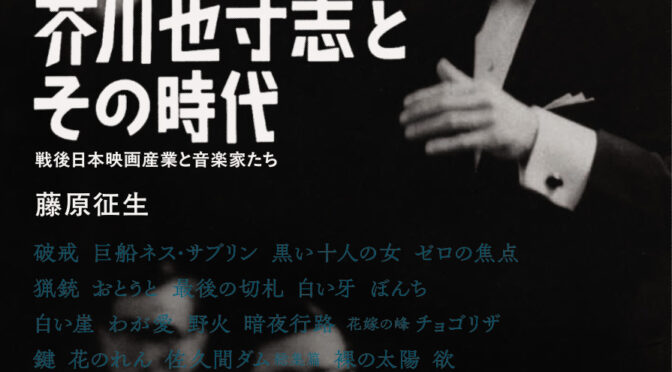- HOME
- >
- PROJECT
- >
- Publication Grants for Early Career Researchers
- >
- Tomohiro Ishida: The Anatomy and Reconstruction of Royce Sadler’s Scholarship: Developing a Qualitative Judgment Approach in Learning Assessment
Tomohiro Ishida: The Anatomy and Reconstruction of Royce Sadler’s Scholarship: Developing a Qualitative Judgment Approach in Learning Assessment
2025.08.15
| Title | The Anatomy and Reconstruction of Royce Sadler’s Scholarship: Developing a Qualitative Judgment Approach in Learning Assessment |
|---|---|
| Author | Tomohiro Ishida |
| Publisher | Kyoto University Press |
表紙.jpg)
Book introduction
How should we assess student works such as presentations, essays, and other forms of written works—tasks that cannot be simply evaluated in terms of right or wrong, and for which criteria of “good” or “bad” are not clearly defined? Unlike objective tests, assessing complex performances poses substantial challenges. Royce Sadler (1943- ), the eminent scholar on whom this book focuses, has devoted his academic career to exploring precisely this question: how to assess such complex performances in meaningful and educationally sound ways.
In the field of educational assessment, Sadler is widely recognized as a foundational theorist who, in the 1980s, articulated key ideas such as standards-referenced assessment and formative assessment. His work laid the theoretical groundwork for current practices that emphasize the use of rubrics and the provision of feedback. However, Sadler later developed a radical and fundamental critique of these assessment ideas. Did he reverse his earlier positions? What does this paradoxical stance—seemingly a form of self-critique—reveal about the nature of assessment?
This book seeks to illuminate Sadler’s scholarship by tracing the trajectory of his works, with particular attention to the often-overlooked paradox of his role as both a key proponent and a radical critic of contemporary learning assessment. In doing so, it aims to construct a new horizon for understanding assessment through what may be called a “connoisseurship approach.” By engaging with the anatomy and reconstruction of Sadler ’scholarship—this work invites readers to consider the opening of a new chapter in the theory and practice of learning assessment.


